Home>Ideas and Tips>Creating A Functional Mudroom With Built-in Shoe Sanitizer And Deodorizer
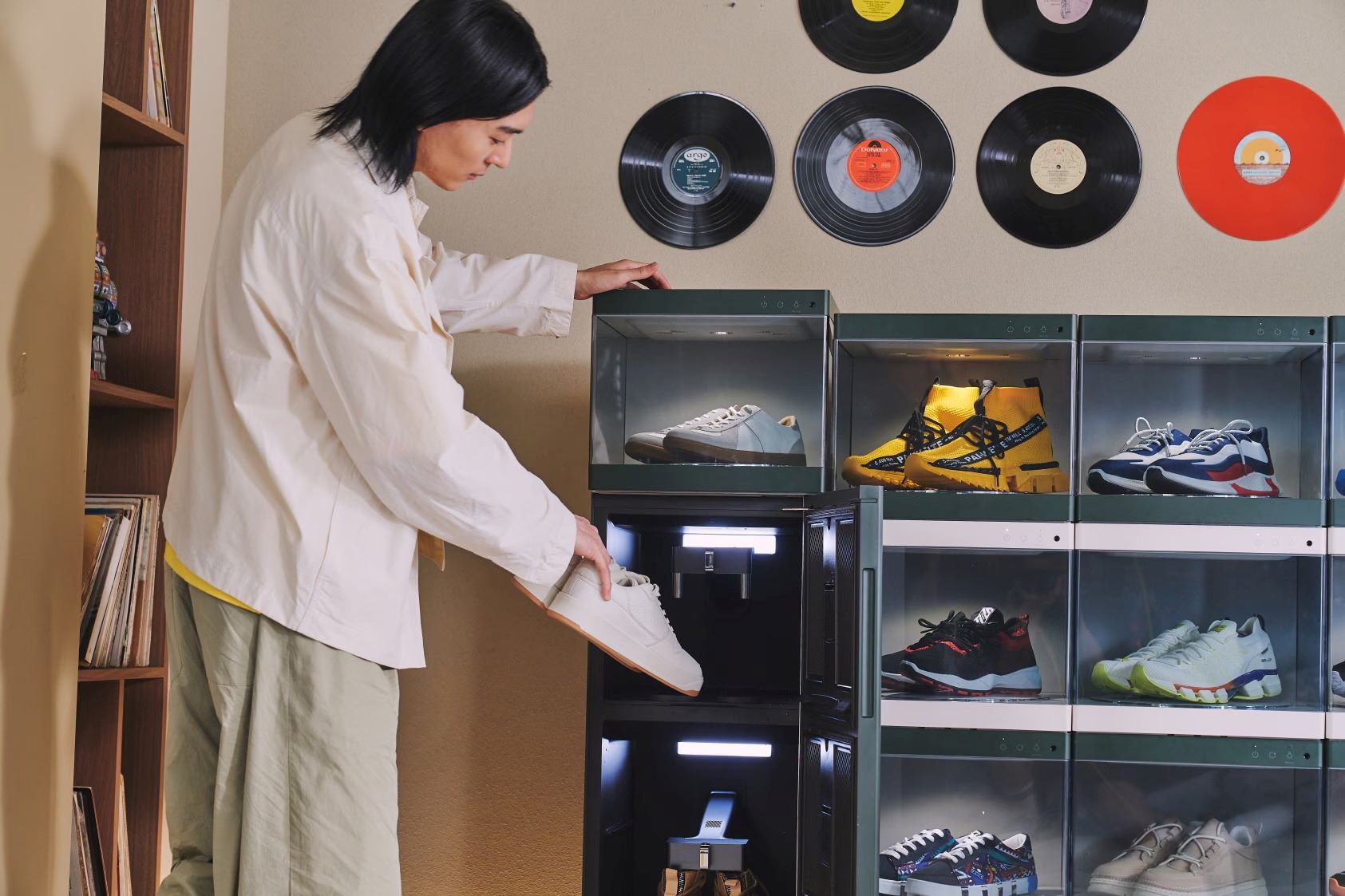

Ideas and Tips
Creating A Functional Mudroom With Built-in Shoe Sanitizer And Deodorizer
Modified: October 20, 2024
Create a functional mudroom with built-in shoe sanitizers and deodorizers. Keep your home clean, organized, and smelling fresh with these expert tips.
(Many of the links in this article redirect to a specific reviewed product. Your purchase of these products through affiliate links helps to generate commission for Storables.com, at no extra cost. Learn more)
A mudroom is more than just a space where you hang your coats and store your shoes; it's the threshold between the outside world and your cozy interiors. It's a place where functionality and aesthetics come together to create a welcoming space that prevents dirt and clutter from entering the main house. In this article, we'll explore the essential elements of creating a functional mudroom, including built-in shoe sanitizers and deodorizers, to keep your home immaculately clean and smelling fresh.
1. Understanding the Purpose of a Mudroom
A mudroom is designed to handle the daily influx of wet shoes, coats, and other outdoor gear. It serves as a transitional space where you can remove your shoes, hang your coats, and store your belongings before entering the main house. The key to a well-functioning mudroom is maintaining cleanliness and organization.
2. Keeping on Top of Mess and Dirt
Regular cleaning is crucial to keeping odors at bay in your mudroom. Start by identifying the key points that can contribute to bad smells, such as dirty rugs, muddy shoes on the floor, pet food left out, and make sure to regularly clear and clean these areas.
Cleaning Routine
- Alcohol and Sanitizing Wipes: Have alcohol and sanitizing wipes ready at the entrance to maintain cleanliness. These can be used to quickly wipe down surfaces and shoes as you enter the house.
- Rugged Rugs: Lay down rugged rugs for wiping shoes and messes. These rugs can be easily cleaned or replaced when they become dirty.
- Bucket for Wet Umbrellas: Keep a bucket handy for wet umbrellas to prevent water from spreading on the floor.
- Vacuuming and Mopping: Thoroughly vacuum the entryway and hallway, then use a damp microfiber mop to pick up any leftover dust and grime.
Natural Cleaners
Try to use natural non-toxic cleaners that don't leave behind their own unpleasant smells or residue. Baking soda is a great odor-absorbing solution, and activated charcoal can be used to neutralize bad smells.
Deep Cleaning Sessions
Make sure not to overlook deep cleaning sessions and seasonal maintenance tasks, such as washing rugs, general decluttering, and cleaning storage areas. Seasonal maintenance allows you to prepare the mudroom for the upcoming season, ensuring it's ready to handle the challenges posed by weather changes.
3. Managing Coat and Shoe Odors
The main culprits of bad smells in mudrooms are damp coats and shoes. If coats and clothes aren't hung up to dry properly, they may start to smell damp and make the whole room smell this way too. Similarly, if shoes aren't left to air out after being worn, the odors can get trapped and the shoes will begin to smell.
Coat Rack
To prevent this, coats and shoes should be left to air out before they are put away. This is why it can be a good idea to have a coat rack that is solely for drying and airing coats. For shoes, you can use open shoe racks and baskets to store regularly worn shoes, and keep lesser used, dry ones in closets or drawers.
Boot Trays
Boot trays, such as those designed to trap water and mud for snowy boots, can be placed near the door or dehumidifier where it will get the most ventilation. These trays help prevent dirty water from spreading on the floor.
Shoe-Cleaning Routine
Shoes and other outdoor gear can bring in dirt and odors, so consider implementing a shoe-cleaning routine. This could involve using doormats both inside and outside the mudroom, wiping shoes before entering the house, and storing them properly. Some people with mudrooms also adopt a no-shoes policy inside the house to minimize the transfer of dirt and outdoor odors to other parts of the home.
4. Keeping a Mudroom Well Ventilated
Keeping good air circulation is a very effective way to neutralize any bad smells in your mudroom. This includes occasionally keeping windows or a door open to allow fresh air to circulate through the space. Proper ventilation helps in reducing moisture levels, which in turn reduces the likelihood of mold and mildew growth.
5. Creating a Functional Mudroom Layout
A well-designed mudroom layout is crucial for maintaining organization and functionality. Here are some steps to create a functional mudroom:
Step 1: Shoe Cabinet Shell
The first step in creating a functional mudroom is building the shoe cabinet shell. You will need some plywood for this. You will need a back piece, two side pieces, and a bottom piece. Additionally, you will need two strips of plywood for the top. You can either nail directly through one piece of wood into the other or use pocket holes to assemble these pieces.
Step 2: Drawer Slots
Cut out three pieces of plywood to be the “walls” dividing the four drawers. Attach these pieces to the shell on the back and bottom. Secure them with screws through each of the top pieces to ensure they are in place.
Step 3: Toe Kick/Base
Install drawers, which means you need to raise up the cabinet so that the drawers do not slide on the ground. You also need to line up the bottom of the cabinet with the baseboards so that you can continue it around. Use 2×4’s secured with screws to achieve this.
Step 4: Trim
Trim out the face frame of the cabinet to hide all raw edges. Use nice 1×2’s and cut them to fit all around the front of the cabinet. Nailing directly through trim into raw edges with a brad nailer will cover those holes quickly and easily with wood filler.
Step 5: Build the Drawers
Build drawers using plywood or MDF. Ensure that everything is filled in and then go over it with a sander. You can paint or stain the cabinet once you've completed all finish work.
6. Additional Storage Solutions
In addition to a shoe cabinet, there are several other storage solutions that can enhance your mudroom's functionality:
Hooks
Hooks can be used for hanging bags, purses, coats, jackets, scarves, hats, keys, etc. You can increase storage by including more kitchen racks to which you can hang hooks. This also helps in gliding hooks from one point to another for hanging heavy scarves or coats.
Shelves
Shelving units can be mounted for storing regular gym backpacks, equipment, or boots. Lockers can be created inside shelving units to keep things safely stored. Adding hooks inside shelves makes it a convenient place for hanging coats and scarves.
Cube-Shaped Cabinet
A cube-shaped cabinet can be placed in the mudroom to store shoes and baskets that hold mobiles, keys, or purses. One basket or drawer inside the shelving unit can be designated for dry slippers or socks for each family member.
7. Incorporating Built-in Shoe Sanitizers and Deodorizers
To keep your shoes smelling fresh and clean, you can incorporate built-in shoe sanitizers and deodorizers into your mudroom design:
Shoe Deodorizer Bags
Insert shoe deodorizer remover bags into your shoe storage to keep things fresh. These bags absorb moisture and odors, ensuring that your shoes remain odor-free.
Natural Deodorizers
Use natural deodorizers like baking soda or activated charcoal in shoe storage areas. These materials absorb odors effectively without leaving behind any unpleasant smells.
Ventilated Shoe Storage
Ensure that your shoe storage is well-ventilated. This can be achieved by using open shoe racks or baskets that allow air to circulate through the space. Proper ventilation helps in reducing moisture levels, which in turn reduces the likelihood of mold and mildew growth.
8. Additional Tips for Maintaining a Clean and Fresh Mudroom
Here are some additional tips for maintaining a clean and fresh mudroom:
Regular Cleaning Sessions
Schedule regular cleaning sessions for your mudroom. This could include weekly vacuuming, bi-weekly mopping, and monthly deep cleaning sessions.
Seasonal Maintenance
Perform seasonal maintenance tasks such as washing rugs, general decluttering, and cleaning storage areas. This ensures that your mudroom is prepared for the upcoming season and can handle any challenges posed by weather changes.
Proper Storage Solutions
Use proper storage solutions like baskets, bins, and shelves to keep items organized and out of sight. This helps in maintaining a clutter-free environment and prevents dirt from spreading into other parts of the house.
Bench for Comfortable Removal of Shoes
Include a bench in your mudroom design to make it comfortable for removing shoes. This also helps in storing shoes and snow boots more efficiently.
By following these steps and incorporating built-in shoe sanitizers and deodorizers into your design, you can create a functional mudroom that keeps your home immaculately clean and smelling fresh. Remember to maintain regular cleaning sessions, perform seasonal maintenance tasks, and use proper storage solutions to ensure that your mudroom remains organized and functional throughout the year.
Was this page helpful?
At Storables.com, we guarantee accurate and reliable information. Our content, validated by Expert Board Contributors, is crafted following stringent Editorial Policies. We're committed to providing you with well-researched, expert-backed insights for all your informational needs.

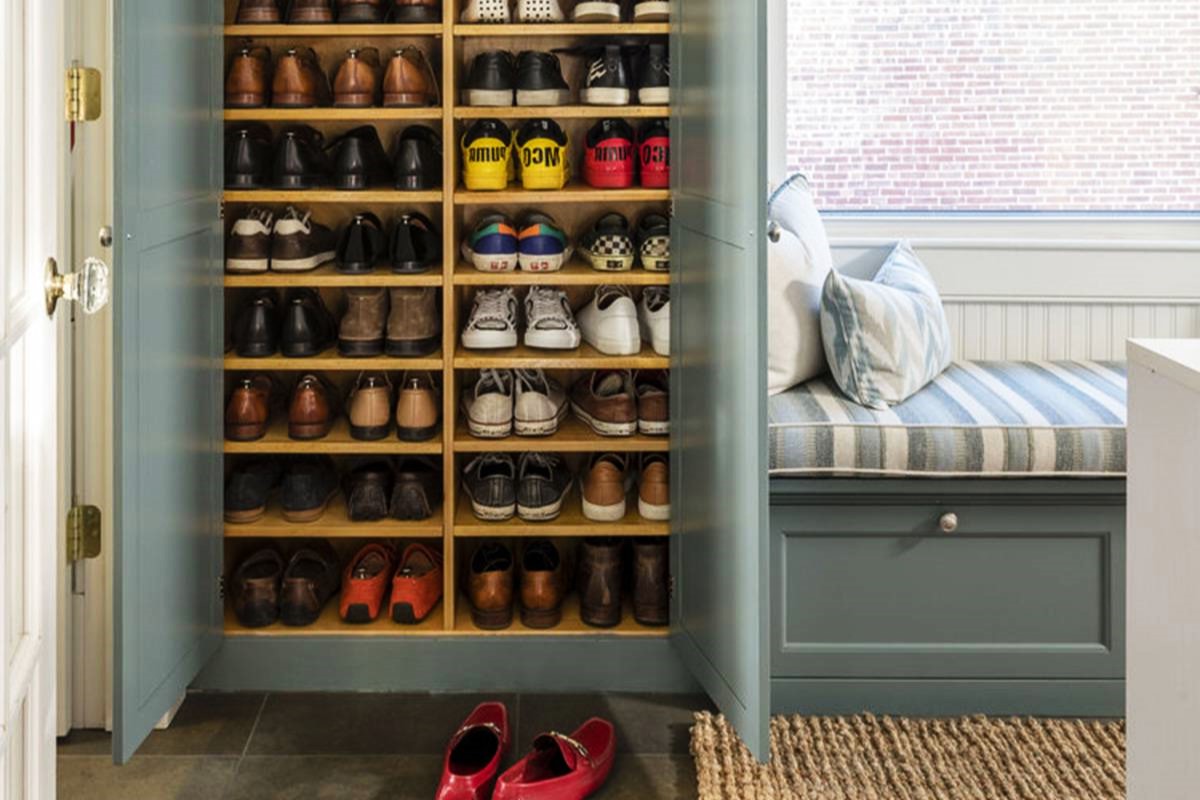
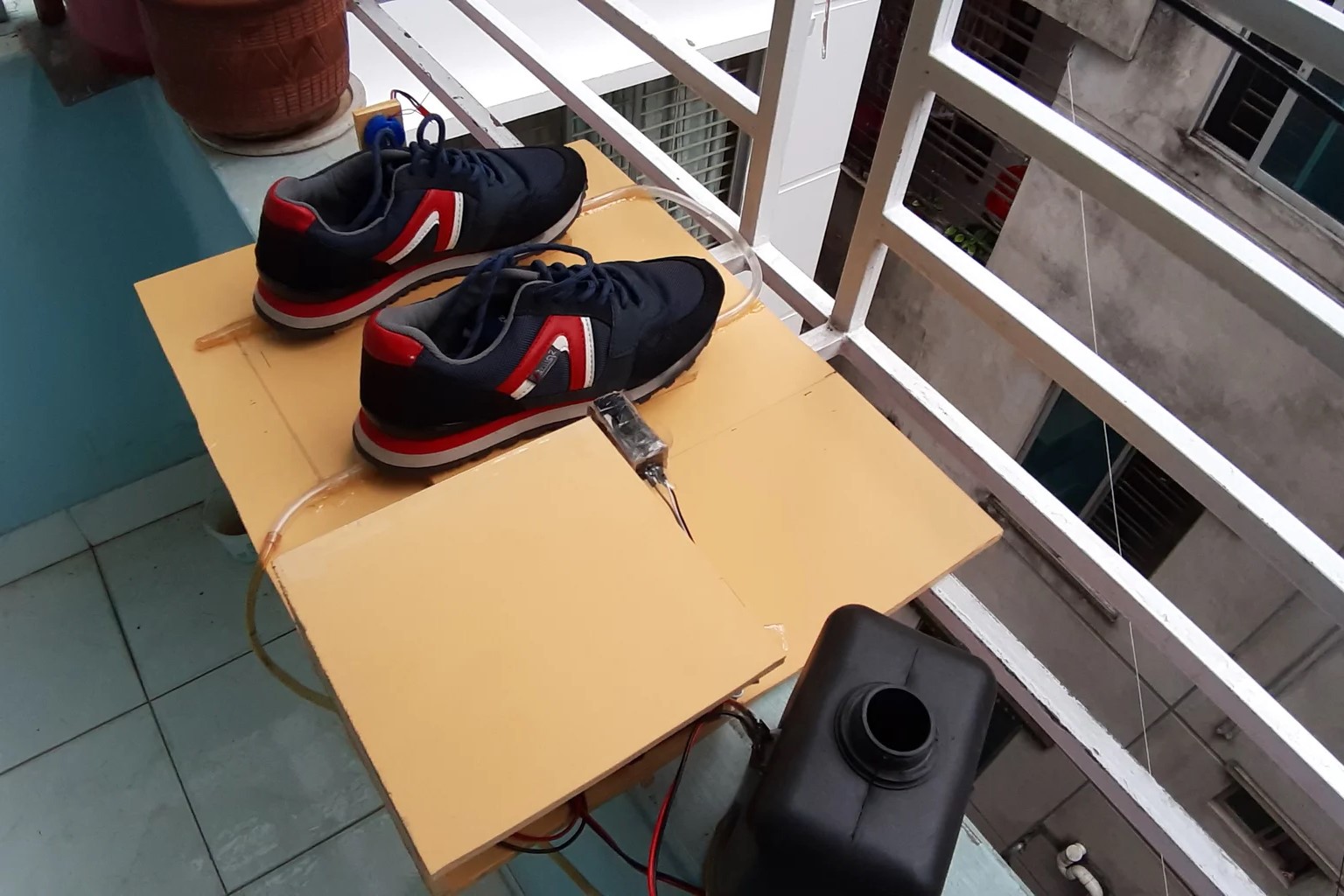
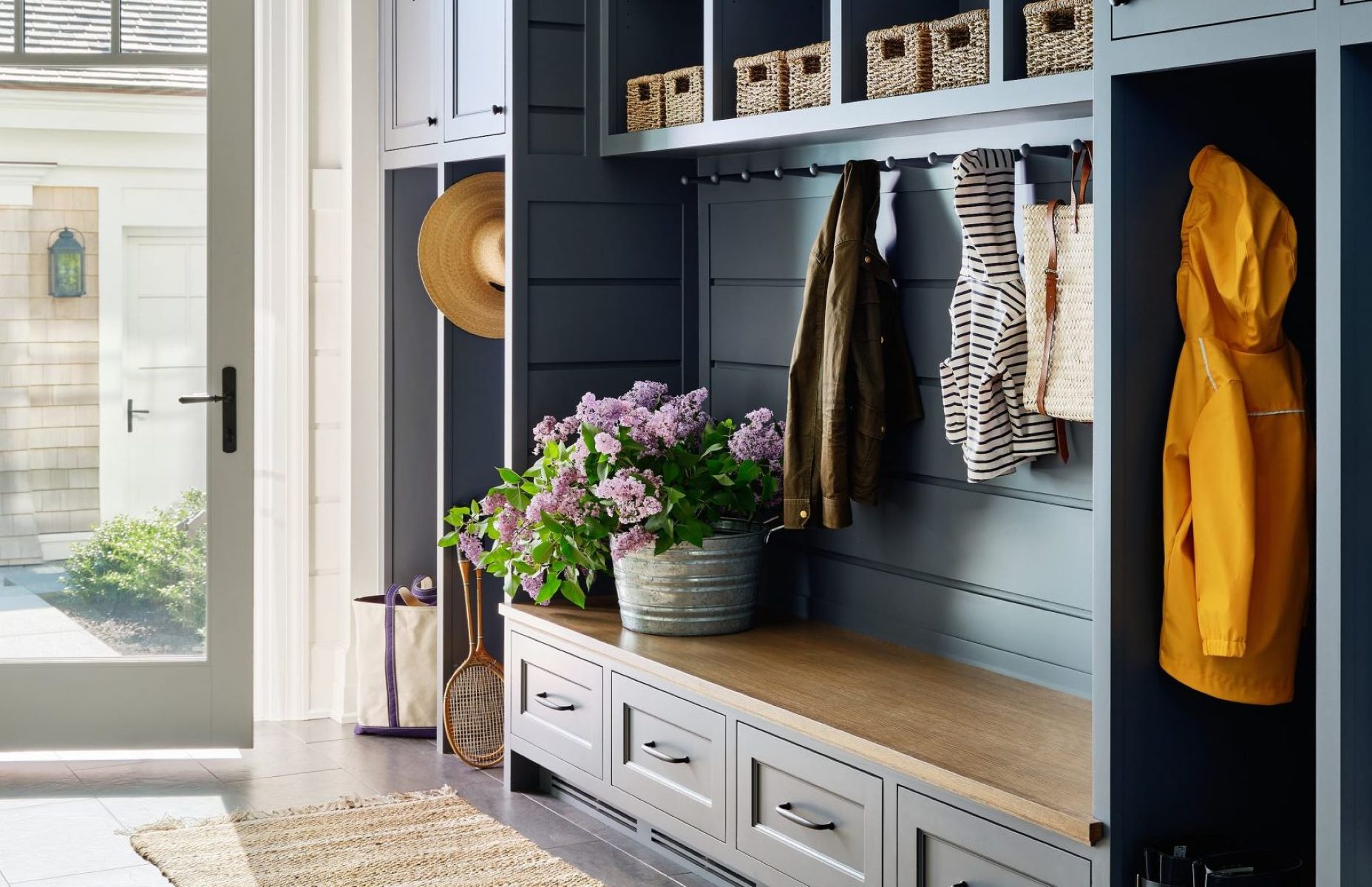
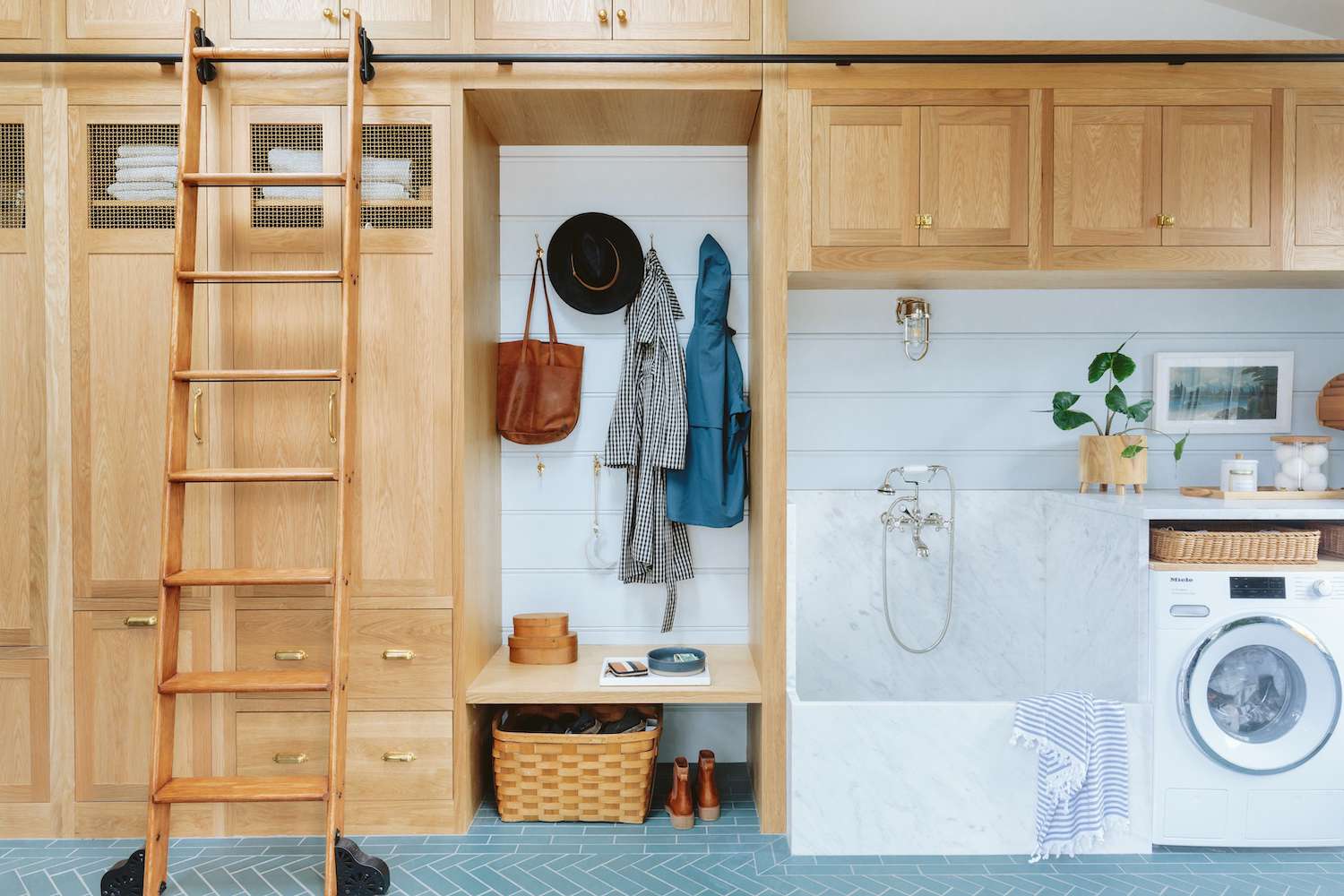
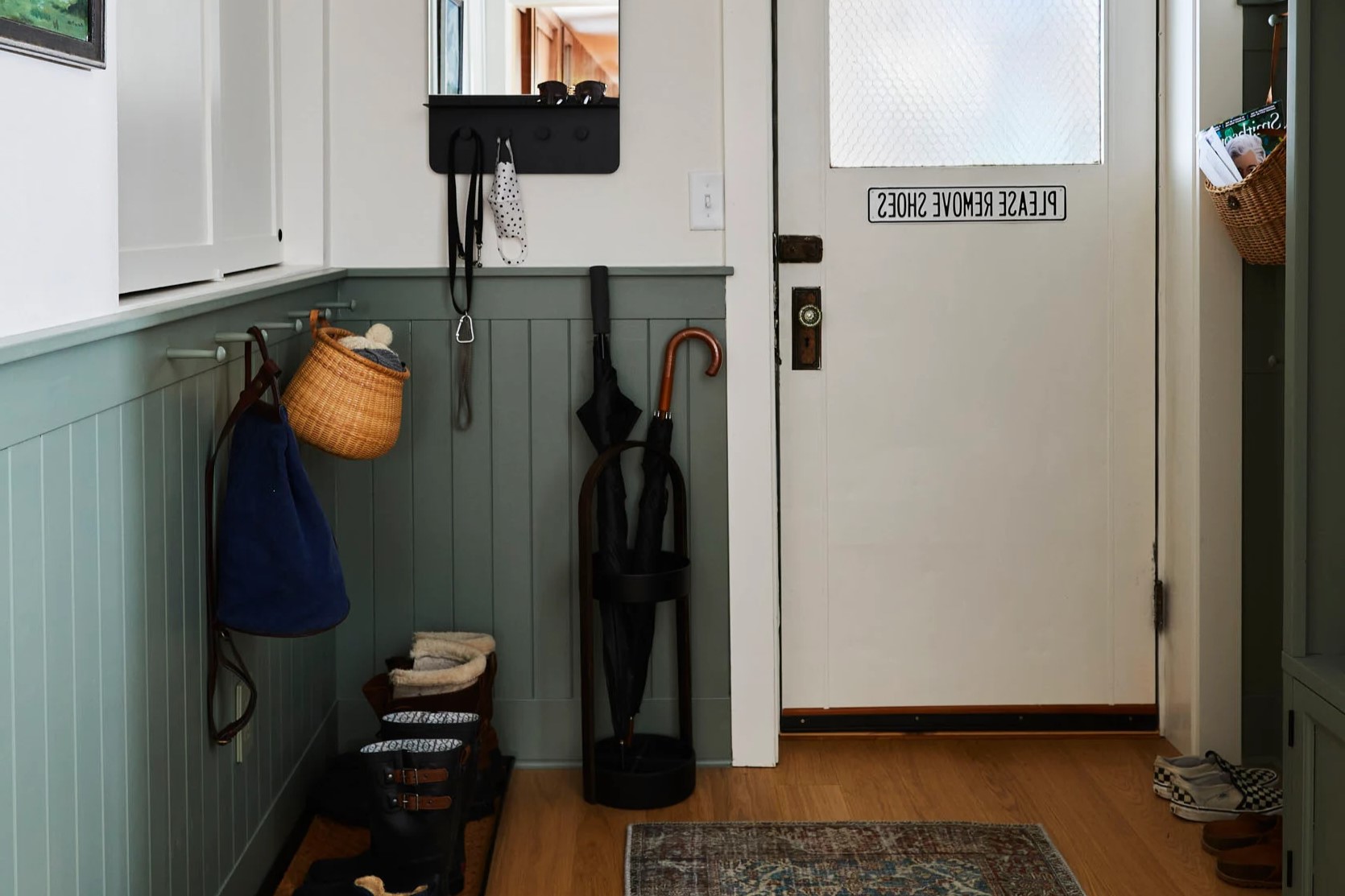
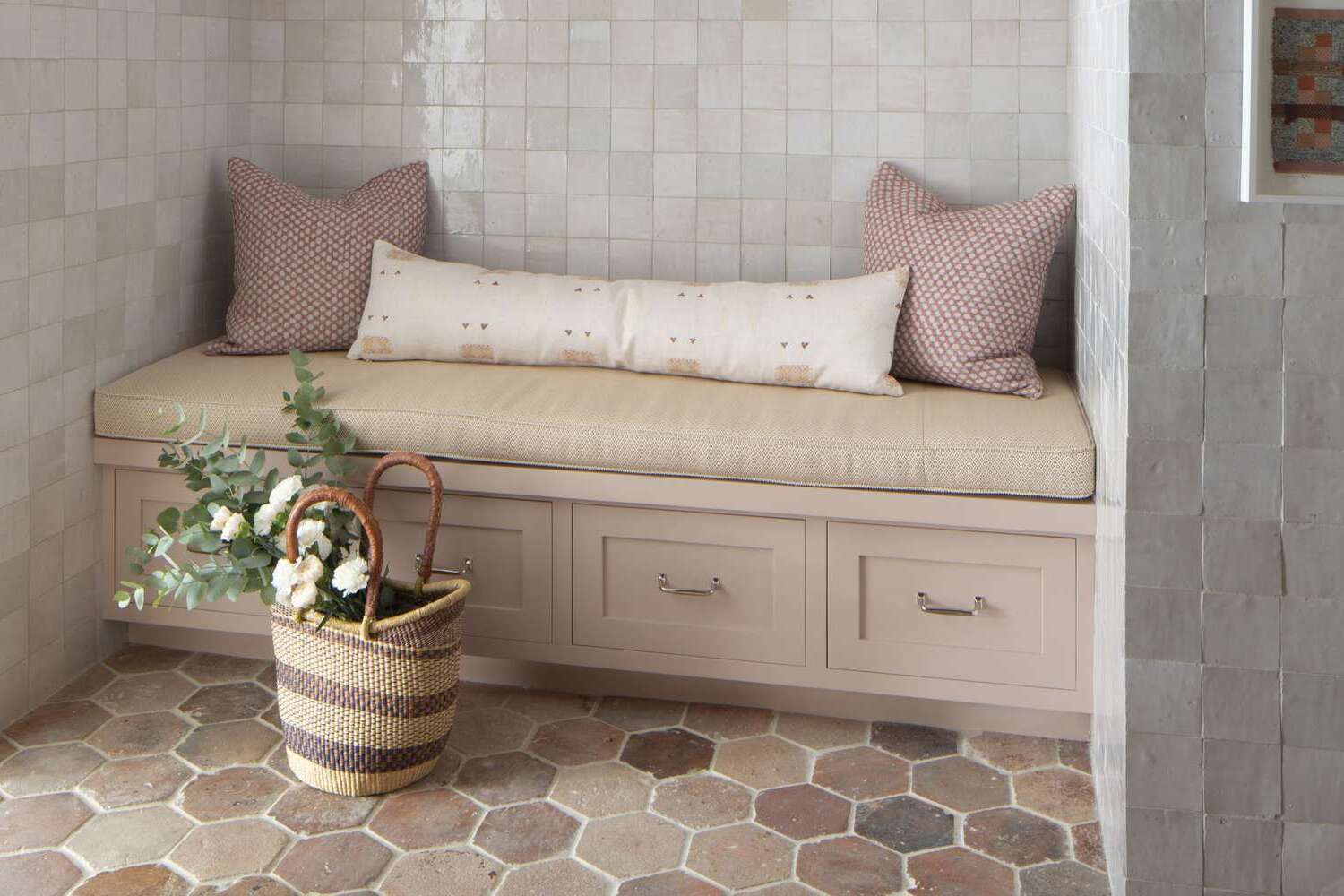
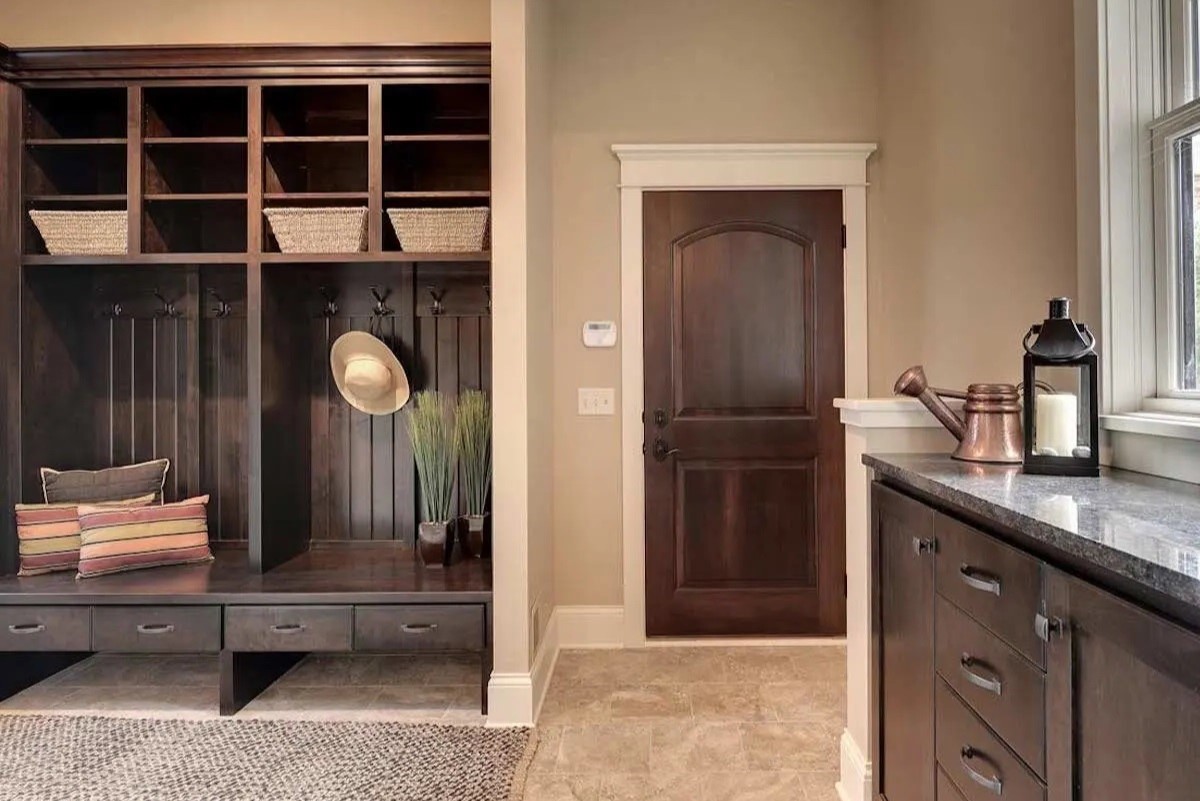
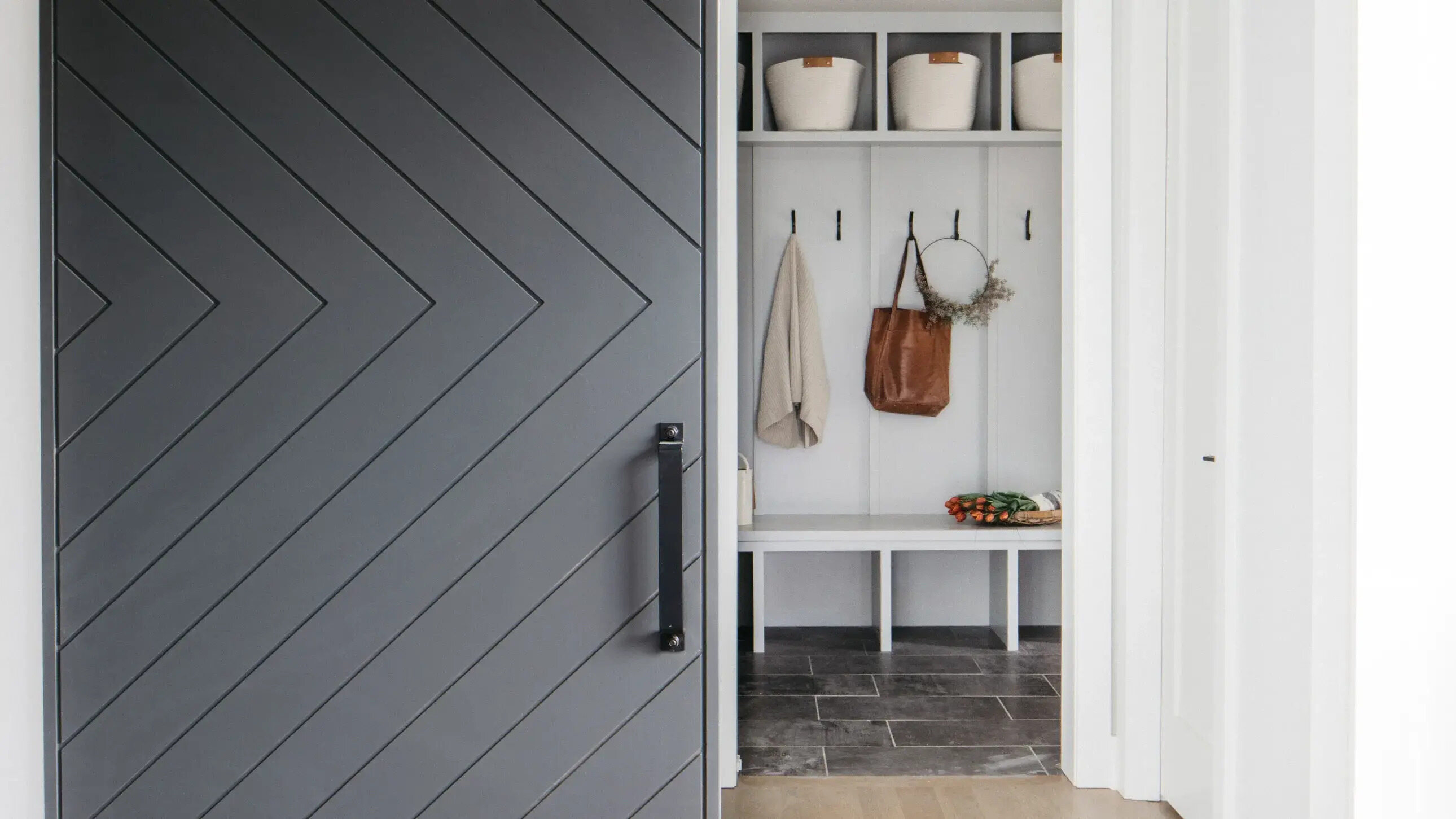
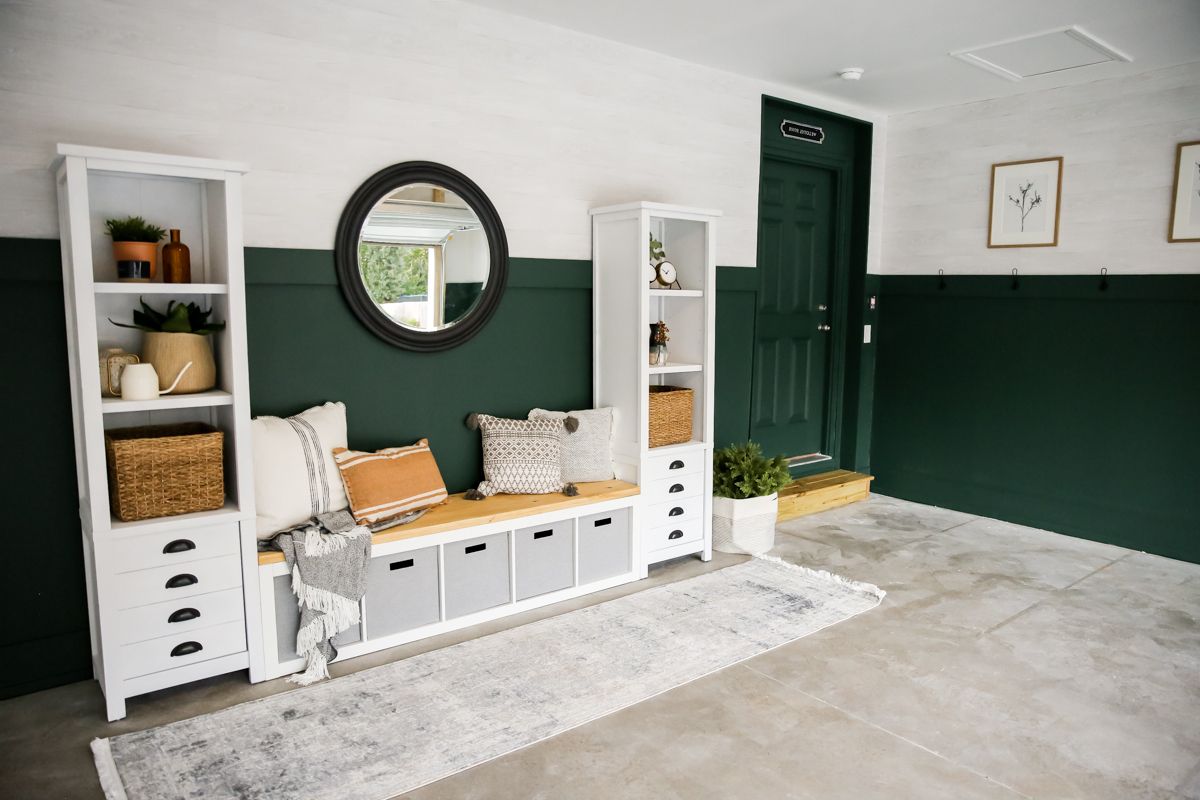
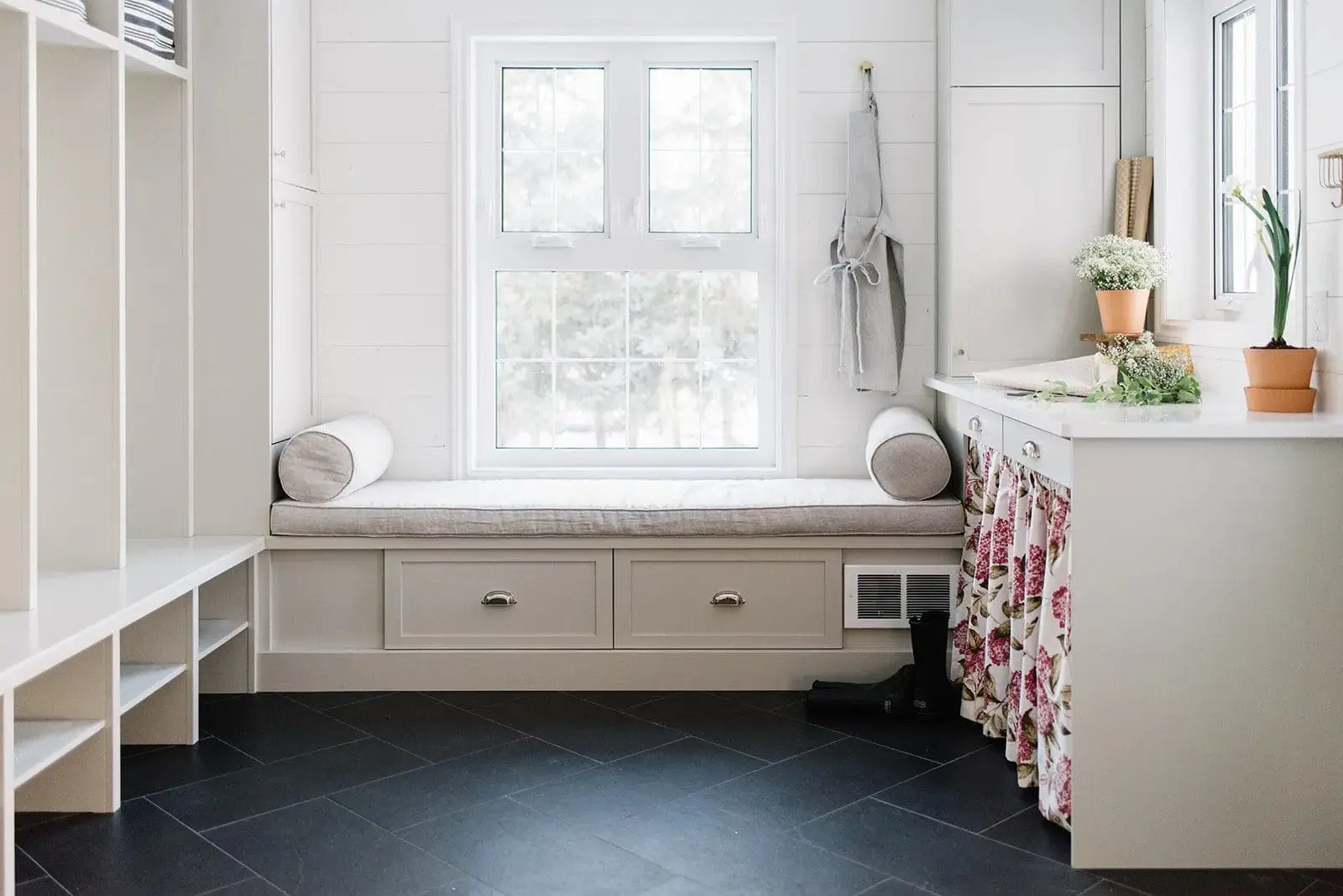
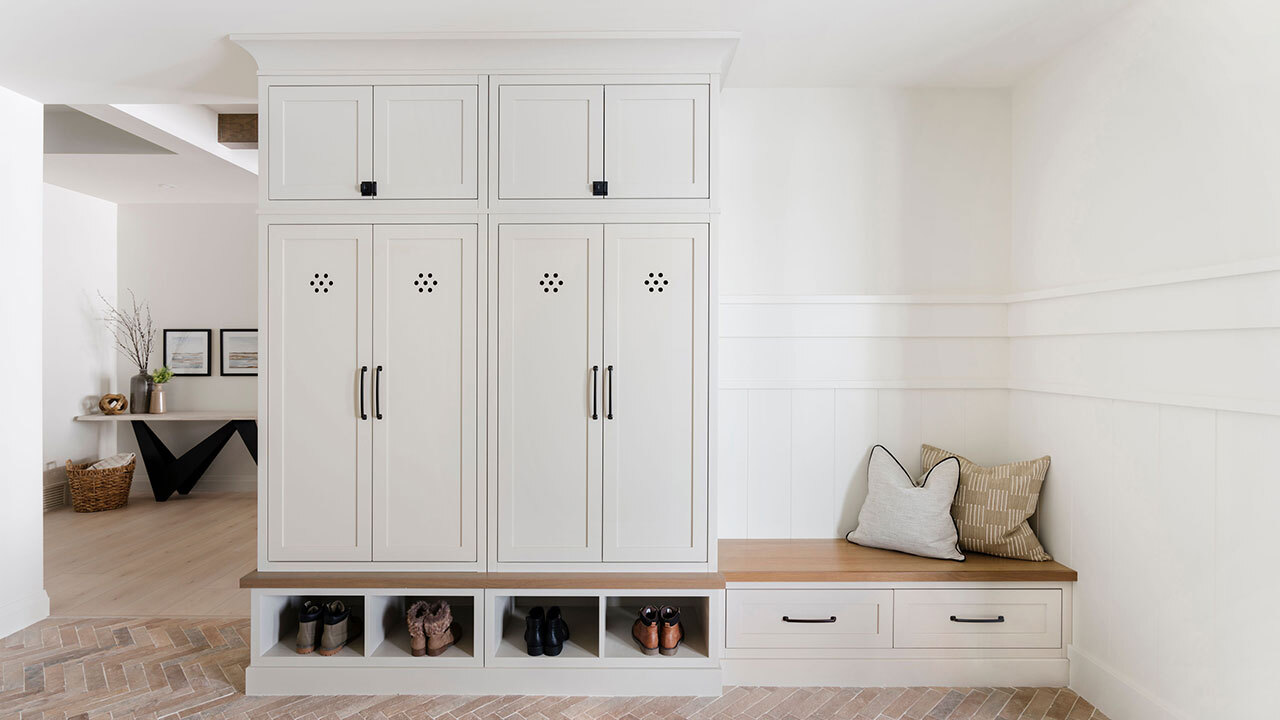
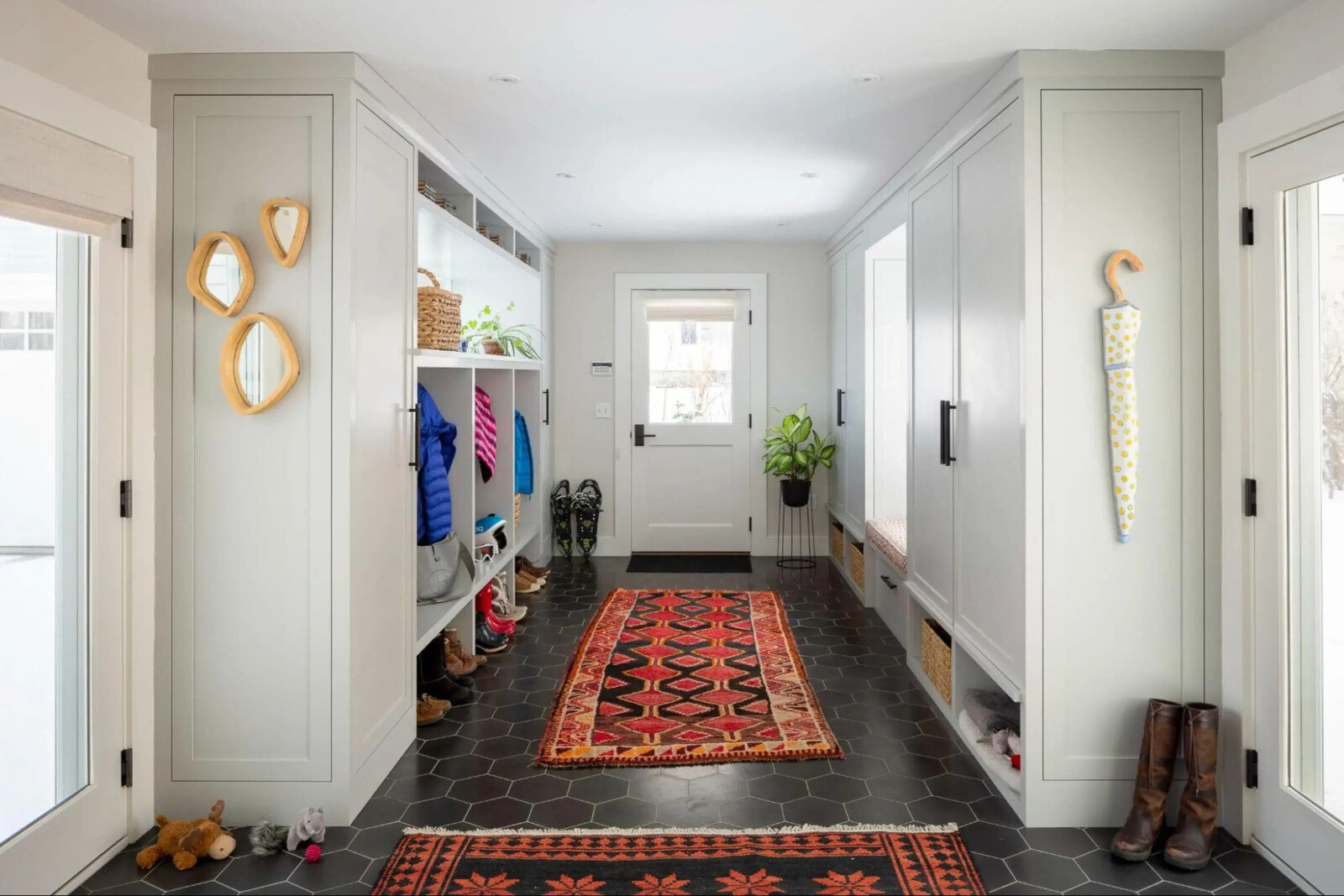
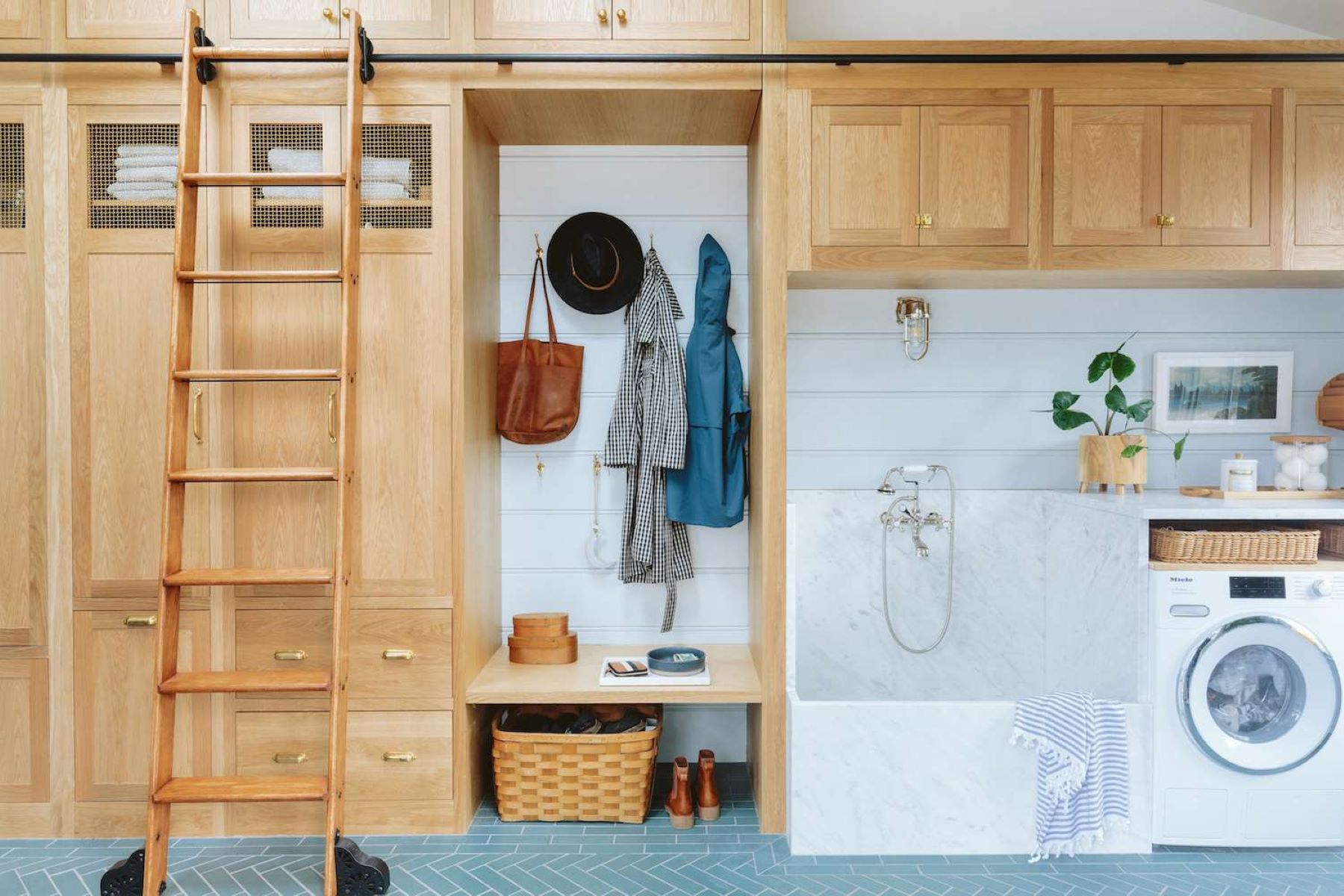

0 thoughts on “Creating A Functional Mudroom With Built-in Shoe Sanitizer And Deodorizer”